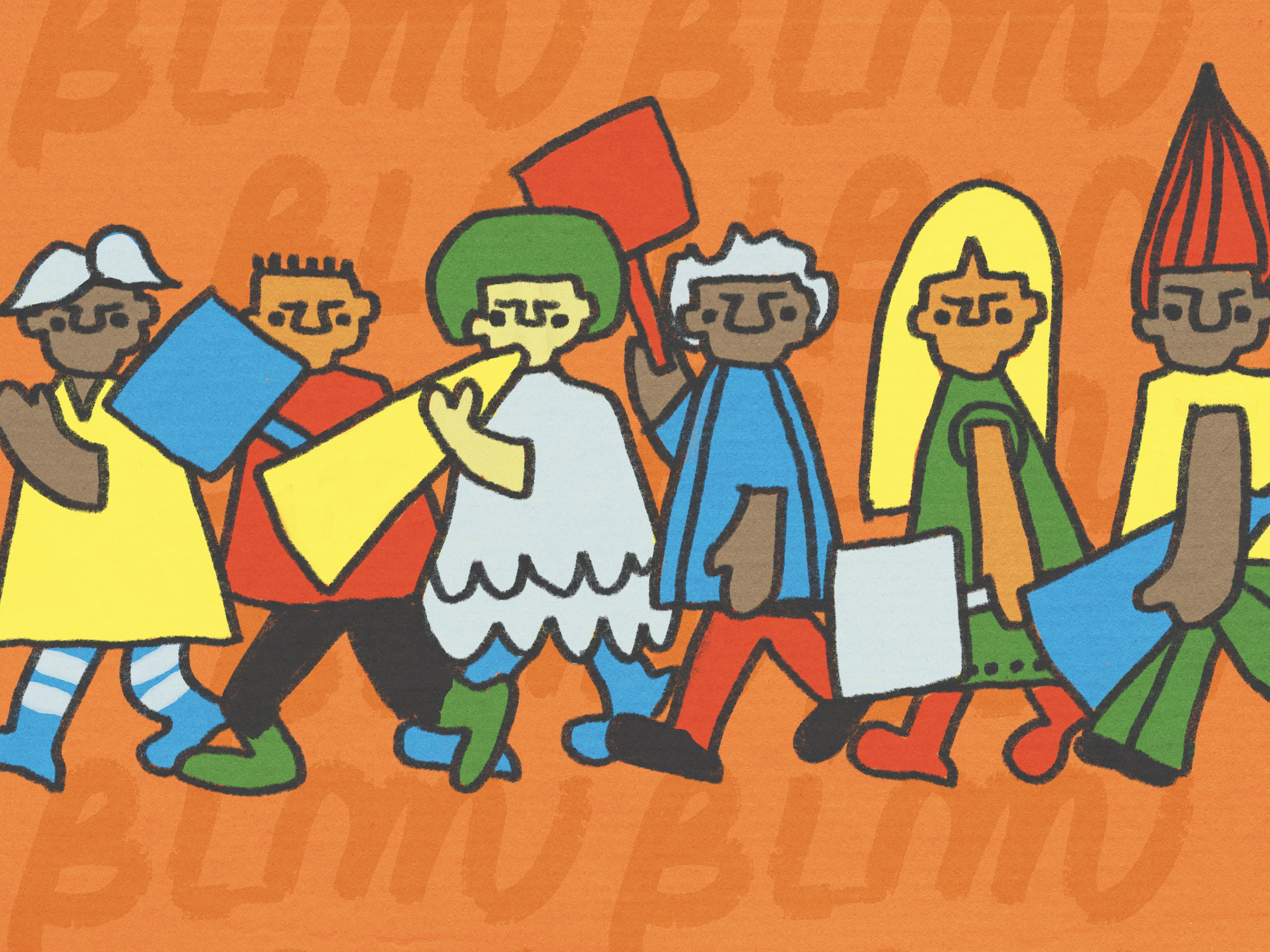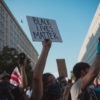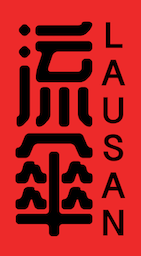The Black Lives Matter movement was reignited at the end of last May, following the murders of Black Americans: George Floyd, Breonna Taylor, Ahmaud Arbery, and Tony McDade. The nationwide protests against police brutality towards the Black community in the United States erupted into a global rebellion, and Asian Americans have joined the movement by calling out anti-Blackness in their communities. The rise of this activism and introspection among Asian Americans can be partially attributed to the fact that Tou Thao, a Hmong-American, actively held a crowd of civilians back as a white police officer murdered Floyd. Thao’s complicity was seen as a metaphor of race relations in the US: Asians remaining silent as white people oppress their Black counterparts.
Compared to the Black Lives Matter protests in 2014 which saw a lack of Asian participation, the Asian community’s response to anti-Black police brutality has significantly increased this year. Articles that are critical of anti-Blackness among Asian communities have become mainstream. Asians Americans have also become increasingly aware of the model minority myth—the scapegoating of Asian success to downplay racism’s role in the struggles of other minority groups, especially Black Americans—that has long pitted the two groups against each other. Yet, just as the model minority myth dates back to the Civil Rights era where it was used to contrast “disciplined” Japanese immigrants against “lazy” Black Americans, it is important to remember that Asian and Black Americans share a long history full of conflict and alliances.
As slavery ended and white colonizers replaced African slave labor with Chinese labor, Chinese people were viewed as the “Yellow Peril,” leading to a string of exclusionary laws, beginning with the 1875 Page Act that prohibited the entry of Chinese women on the grounds of prostitution. Following that, the Chinese Exclusion Act in 1882 prohibited the immigration of all Chinese laborers. This period of anti-Chinese sentiment, which included massacres of Chinese people in 1885 and 1887, inspired similar bans on Chinese immigration throughout the rest of the Americas.
As Chinese labor began to dry up, they were replaced with other Asian immigrants. Japanese people were the first to replace Chinese labor, followed by Korean, and then Indian labor—which led to the Asian Exclusion Act in 1924, banning all immigration from Asia. The Filipino Repatriation Act of 1935 offered subsidized one-way transportation to single Filipinos back to the Philippines. Iyko Day theorized this form of Asian labor as “alien capital”—a surplus foreign labor force that is infinitely exploitable, disposable, and replaceable through the use of immigration quotas and undocumented workers.[1]
The huge class differences amongst Asians in the US suggest that the meaning of solidarity is very different for each Asian community.
It wasn’t until after the Civil Rights movement in the 1950–60s that fought to end institutionalized racial discrimination and segregation in the US, where Asians were able to immigrate back to the US. The Civil Rights movement resulted in the Civil Rights Act of 1964 that outlawed discrimination based on race, color, religion, sex, or national origin, paving the way for the 1965 Immigration Act, which repealed previous restrictions on immigration. What followed was an influx of middle and upper-class East Asian migration to the US. This was a turning point in Asian American history: the Black liberation struggle during the Civil Rights Era directly opened the way for more Asians to immigrate to the US.
Mass immigration of Southeast Asians began in 1975 after the Second Indochina War. In response to its aftermath, the US government passed the Indochina Migration and Refugee Assistance Act, which brought over a million Vietnamese, Lao, Hmong, and Cambodian refugees to the US. Carrying the trauma of war and displacement with them, these communities have since struggled to survive and adapt in the US. In contrast to the many middle and upper-class Asians that migrated a decade earlier, many of these Southeast Asian immigrants live in working-class, low-income neighborhoods alongside predominantly Black and Latinx communities. The huge class differences amongst Asians—the racial group with the largest economic disparity—in the US suggest that the meaning of solidarity is very different for each Asian community.
Black and Asian radicals share a rich history of being united in solidarity. The Black Panther Party exemplified this. They were famously internationalist and allied themselves with anti-imperial struggles in Asia. They visited China, North Vietnam, and North Korea, opposed the Vietnam War, and created community service programs, known as “survival programs,” that were inspired by Mao’s Little Red Book. Malcolm X argued that no African American movement would flourish unless it was “tied in with the overall international struggle.” During the Civil Rights movement, several Asian Americans also joined the Panthers, reinforcing that radical alliances were stronger together.
Another instance of this alliance emerged in San Francisco in 1968 when Black, Asian, Native American, and Latin American students came together in a coalition known as the Third World Liberation Front. This period marked when “Asian American” identity coalesced in opposition to the label “Orientals.” As Amy Umeyatsu wrote in 1969, “Asian Americans can no longer afford to watch the Black-and-white struggle from the sidelines.” Further, she reminds us that Asian and Black Americans stand on the same side “since [Asians] are also victims—with less visible scars—of the white institutionalized racism… This “yellow power” movement is relevant to the Black power movement in that both are part of the Third World struggle to liberate all colored people.”
The murder of Chinese American Vincent Chin in 1982 was a defining incident that reinvigorated a new wave of activism among Asian and Black communities. After being beaten to death by disgruntled auto workers who blamed their unemployment on the Japanese auto industry, Chinese Americans began organizing protests and were joined by Japanese, Korean, Filipino, and Black Americans under the name “American Citizens for Justice.” This should remind us that Black activists have stood behind Asian struggle in the US. It reinforces that the fight against oppression is an interconnected social struggle rather than an isolated one based on geographic location. This also points to the way in which capitalism fractures the working class through racial difference and prevents solidarity against broader systems of oppression.
Hong Kong protesters learned to chant ‘hands up don’t shoot,’ while BLM protesters learned how to ‘be water’ and disarm tear gas.
However, Afro-Asian solidarity is far from perfect. During the 1992 Los Angeles (LA) riots which began when four police officers were acquitted after unjustly beating and arresting Rodney King, and the light sentencing of Korean American shopkeeper Soon Ja Du—who shot and killed Black American Latasha Harlins. This exacerbated a rift between Asian and Black communities. Du accused Harlins of attempting to shoplift despite Harlins’ intention to pay with the money in her hand. While the Rodney King incident underscored the severity of anti-Black police brutality, Latasha Harlins’ murder underscored the racial tensions between the Black and Korean communities in LA. To make things worse, while the rioting and looting had been carried out by people from all different ethnic backgrounds, the media characterized it as a Black-Korean conflict, which pitted the two minorities against each other. The media also invoked the model minority myth and portrayed Black residents of South Central LA as unproductive citizens living off welfare, while depicting Koreans as hardworking immigrants striving to achieve the “American Dream.”[2]
Turning to the 21st century, a new era of global protests has come to the fore. China’s rise as a global superpower has led to contentious US-China relations, including accusations that China is involved in neo-imperialism in Africa. But despite these conflicts between the countries, activists from China and the US have continued to support each other. Furthermore, we see transnational solidarity extending to global movements for Black liberation, the struggles of Palestine, Kashmir, Hawai’i, Syria, and Hong Kong. Hong Kong’s ongoing protest movement, whose 2014 Umbrella Movement and 2019–2020 protests seemed to coincide with the resurgence of Black Lives Matter, have fostered the cross-fertilization of ideas, tactics, and strategy against state repression and police violence. For example, Hong Kong protesters learned to chant “hands up don’t shoot,” while BLM protesters learned how to “be water” and disarm tear gas. These global movements are fertile ground for activists to exchange strategies to oppose all forms of state oppression.
This long history of Afro-Asian solidarity should remind us that Black liberation is Asian liberation. As previous revolutionaries have understood, the dismantling of global anti-Black racism and the struggles against colonialism and empire, not to mention the oppressive structures of class and gender, require a concerted effort, and cannot be achieved without the other. In fact, it might be argued from the complicated history of Asian America that any Afro-Asian alliance, or even intra-Asian coalition is not at all natural, but possible all the same. Such broad coalition building takes immense will, imagination, and courage.
Indeed, there are deep conflicts arising from anti-Blackness and orientalism that prevent any easy form of solidarity, but this shared history of international struggle suggests that the Third World may be able to come into focus again.[3] A new Third World is being caught in the middle of this power struggle—the underclass, the racialized, the outsider—and it is time again for us to come together. The responsibility of Asian Americans in this moment is not only to address anti-Blackness, but more importantly, to revive and continue building the long history of Afro-Asia. This history will not be made by those who wait for it, and the reward of Black liberation is too great for us to not reach for it.
Footnotes
[1] Day, Iyko. Alien Capital: Asian Racialization and the Logic of Settler Colonial Capitalism. Duke University Press, 2016. 24, 33. ↩
[2] Lee, Erika. The Making of Asian America: A History. Simon and Schuster, 2015. 375. ↩
[3] Okihiro, Gary Y. Third World Studies: Theorizing Liberation. Duke University Press, 2016. 15. ↩





